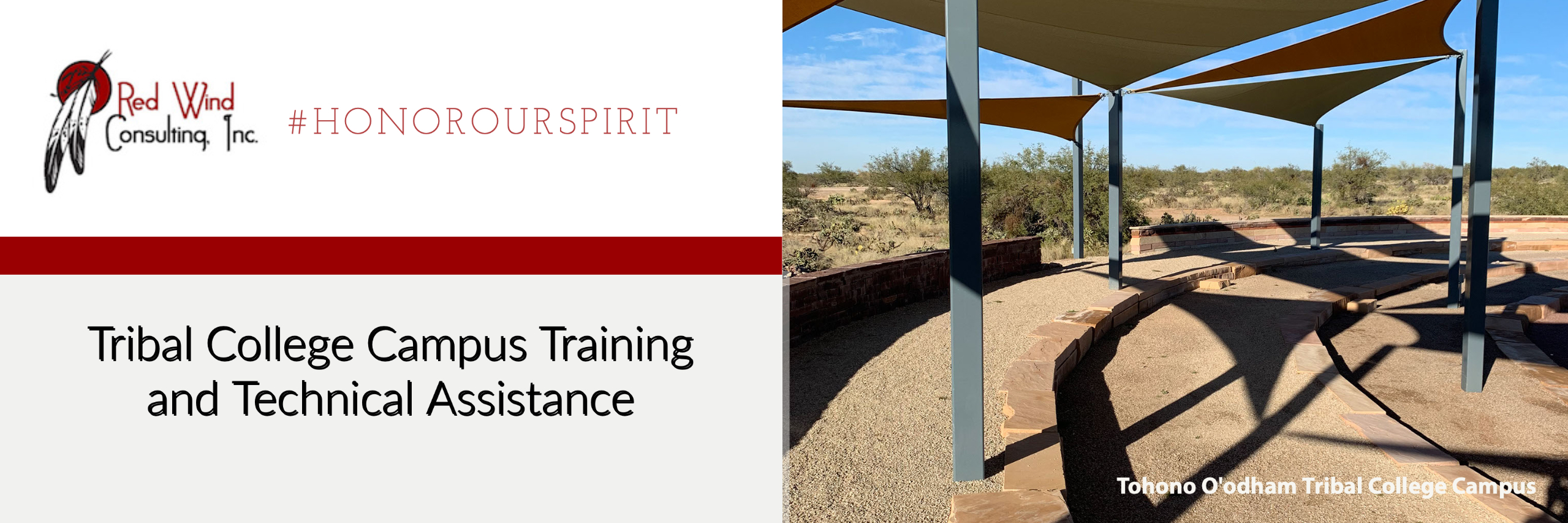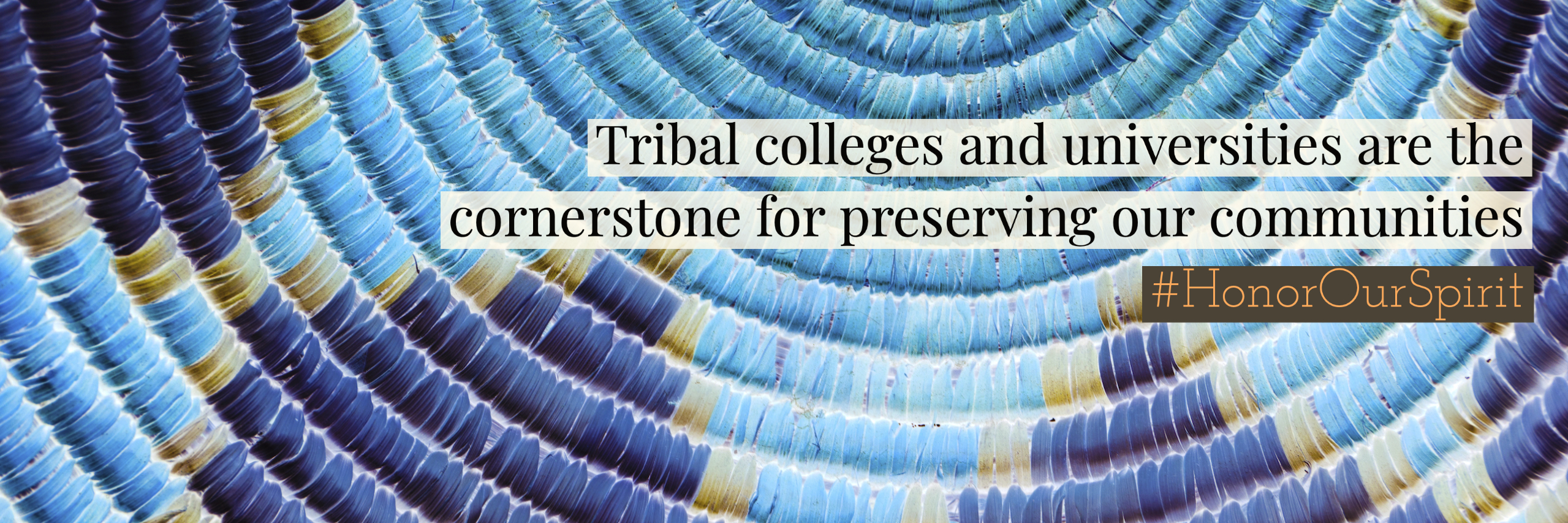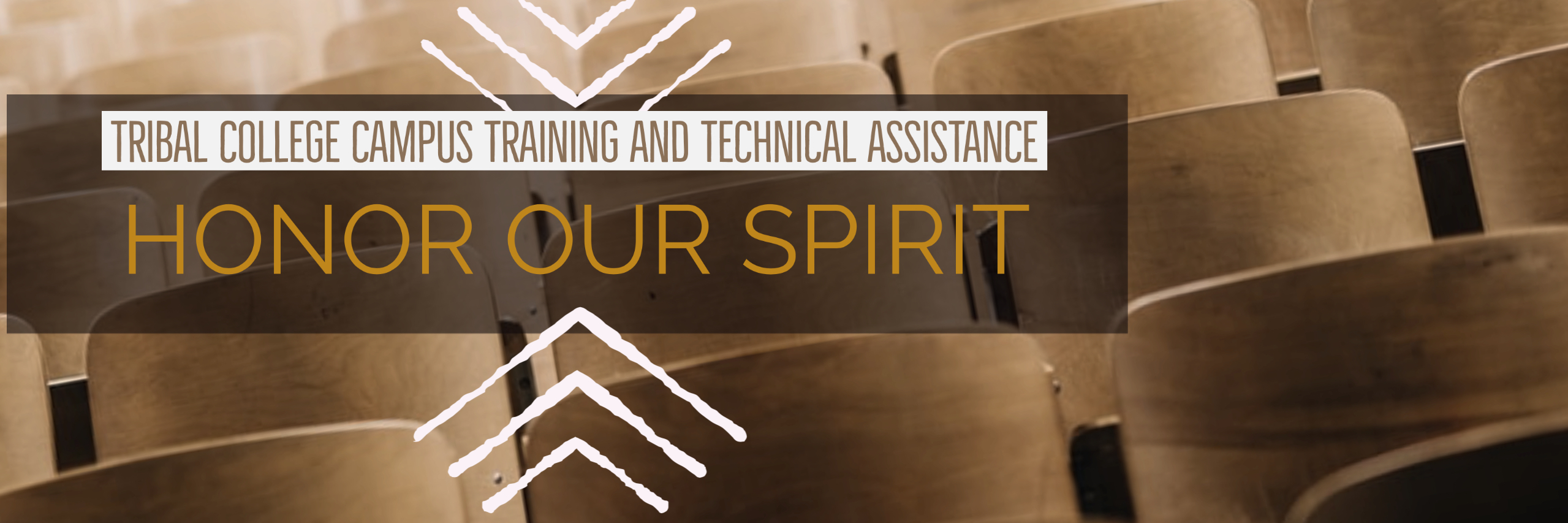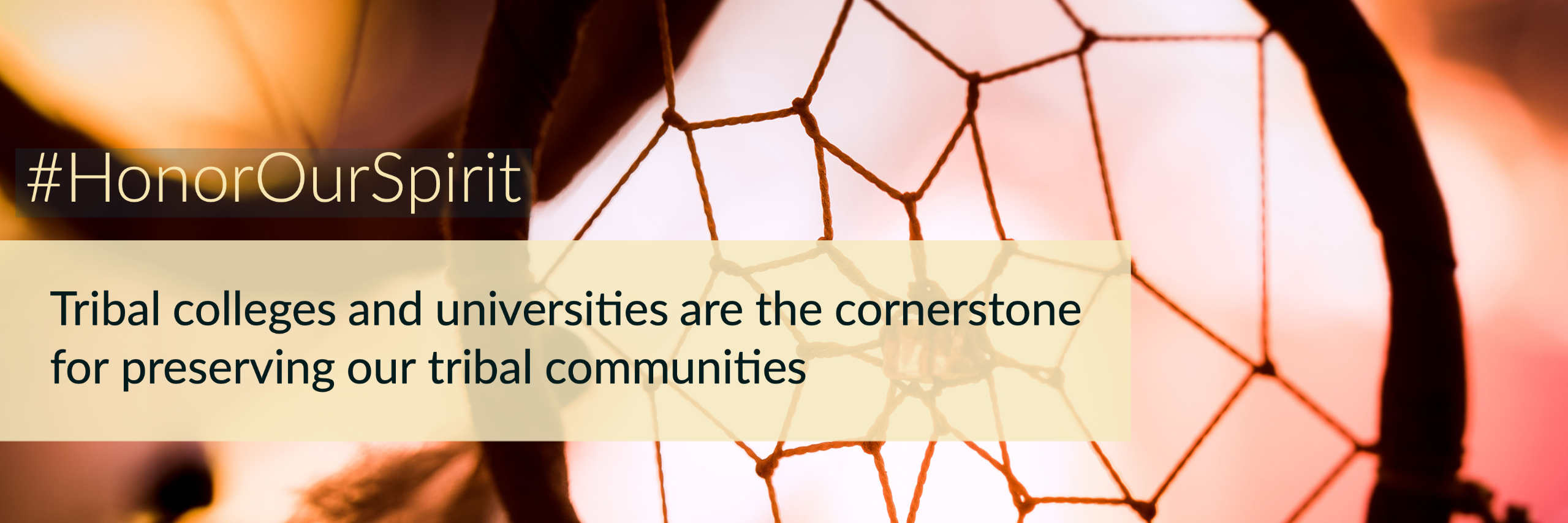Strong Hearts Native Helpline
844-7NATIVE
844-762-8483
844-7NATIVE
844-762-8483
National Sexual Assault Hotline
800-656-4673
800-656-4673
National Teen Dating Abuse Hotline
866-331-9474
866-331-9474
Culturally Holistic Responses to Sexual Violence
Tribal colleges and universities create a space where we honor our spirits by learning more about our culture while also empowering us to gain more knowledge to create a better, more just world.
Providing a culturally holistic response for victims/survivors of sexual assault, mean Tribal colleges understand that the wellbeing of a student victim/survivor includes physical, mental, spiritual, and emotional aspects of wellness and are interconnected to one another. It also means that the resources Tribal colleges or university campuses provides are guided by its Tribe's values.
Red Wind’s focus is assisting Tribal colleges and universities with developing or enhancing their sexual assault response so that it is holistic and culturally relevant. Through Honoring Our Spirit Tribal College Technical Assistance, Red Wind provides all Tribal college and university campuses training and technical assistance for their sexual assault response on campus. There is no fee for our Training and Technical Assistance work with your Tribal college or university campus.
Training and Technical Assistance for Tribal College Campuses

Because of Tribal Colleges, we are no longer one generation away from losing our languages; we are one generation away from saving them.
John Eagle Shield (Standing Rock Sioux Tribe)
Red Wind Consulting, Inc.
- Phone: (833) 719-9463
- Email: tribalcampus@red-wind.net
- Website: red-wind.net
- Tribal College Campus website: tribalcampus.org
Red Wind Tribal Technical Assistance
Partners
Office on Violence against Women (cooperative agreement)
University of Nebraska Omaha
Tate Topa Consulting, Inc.
Office on Violence against Women (cooperative agreement)
University of Nebraska Omaha
Tate Topa Consulting, Inc.
This project was supported by Grant No. 2018-TA-AX-K003 awarded by the Office on Violence Against Women, U.S. Department of Justice. The opinions, findings, conclusions, and recommendations expressed in this publication/program/exhibition are those of the author(s) and do not necessarily reflect the views of the U.S. Department of Justice.



